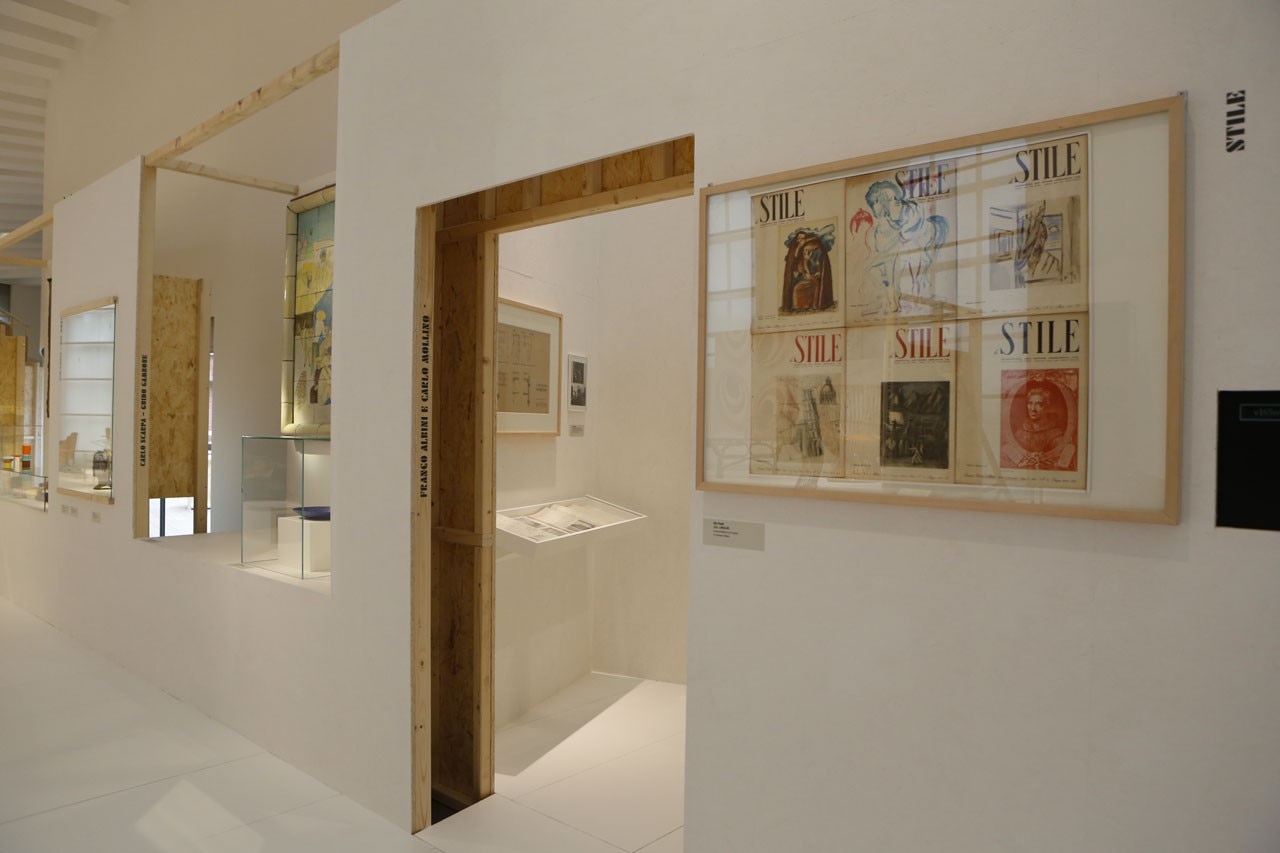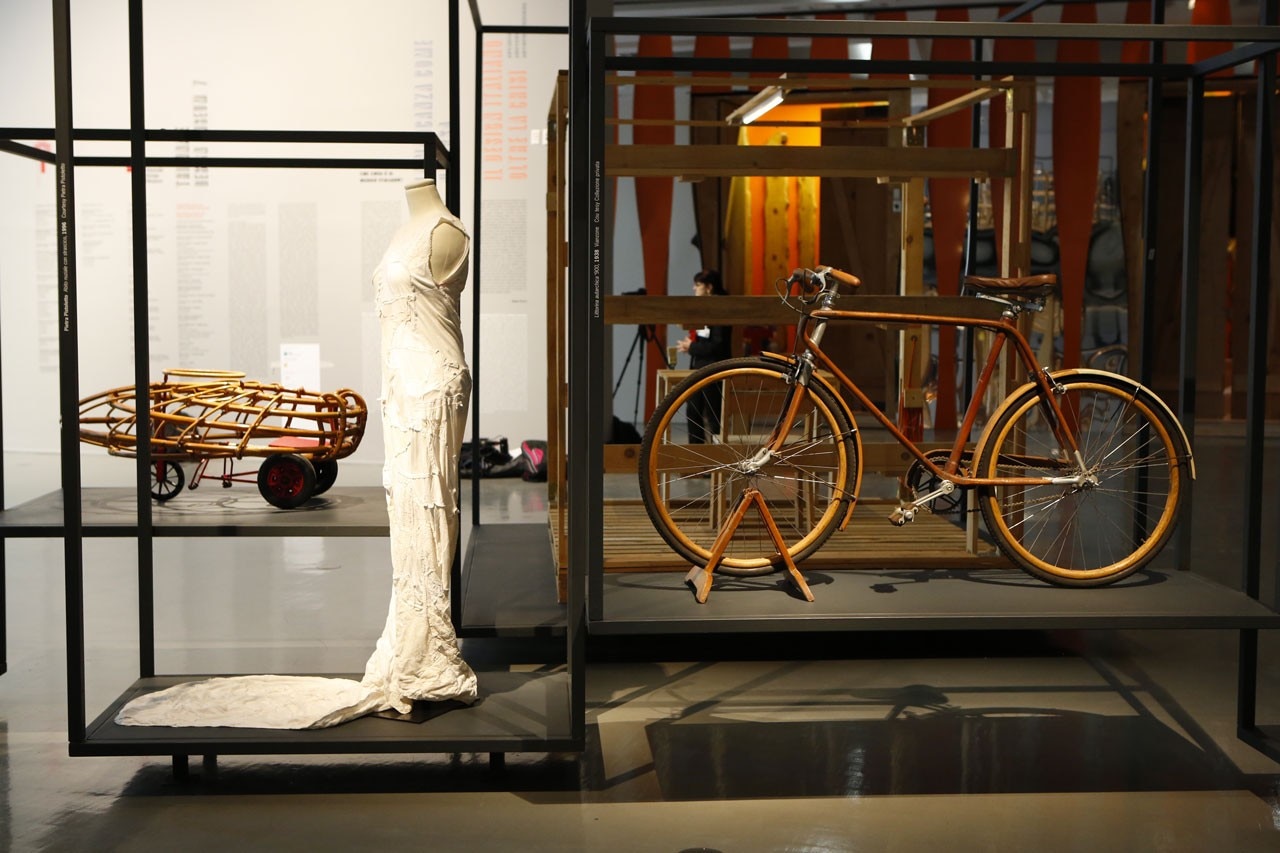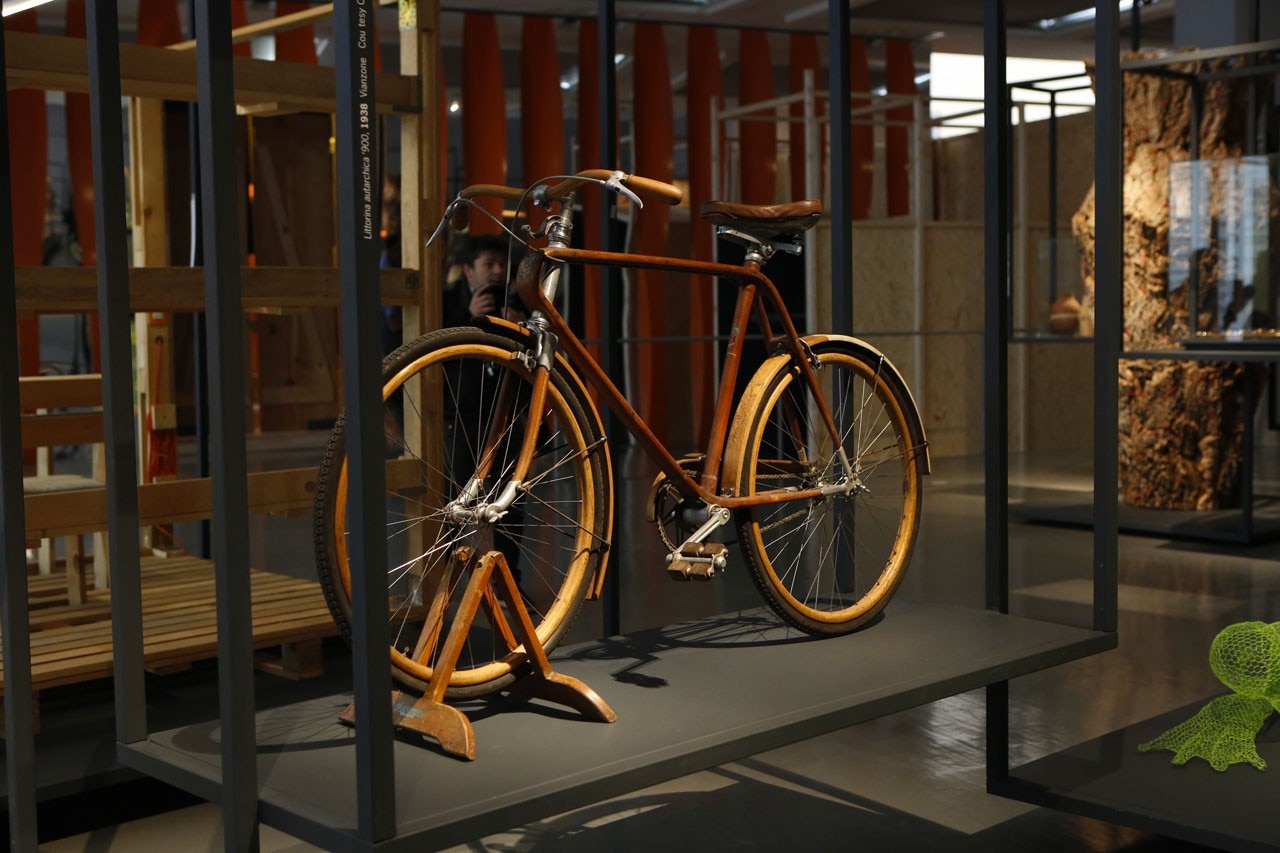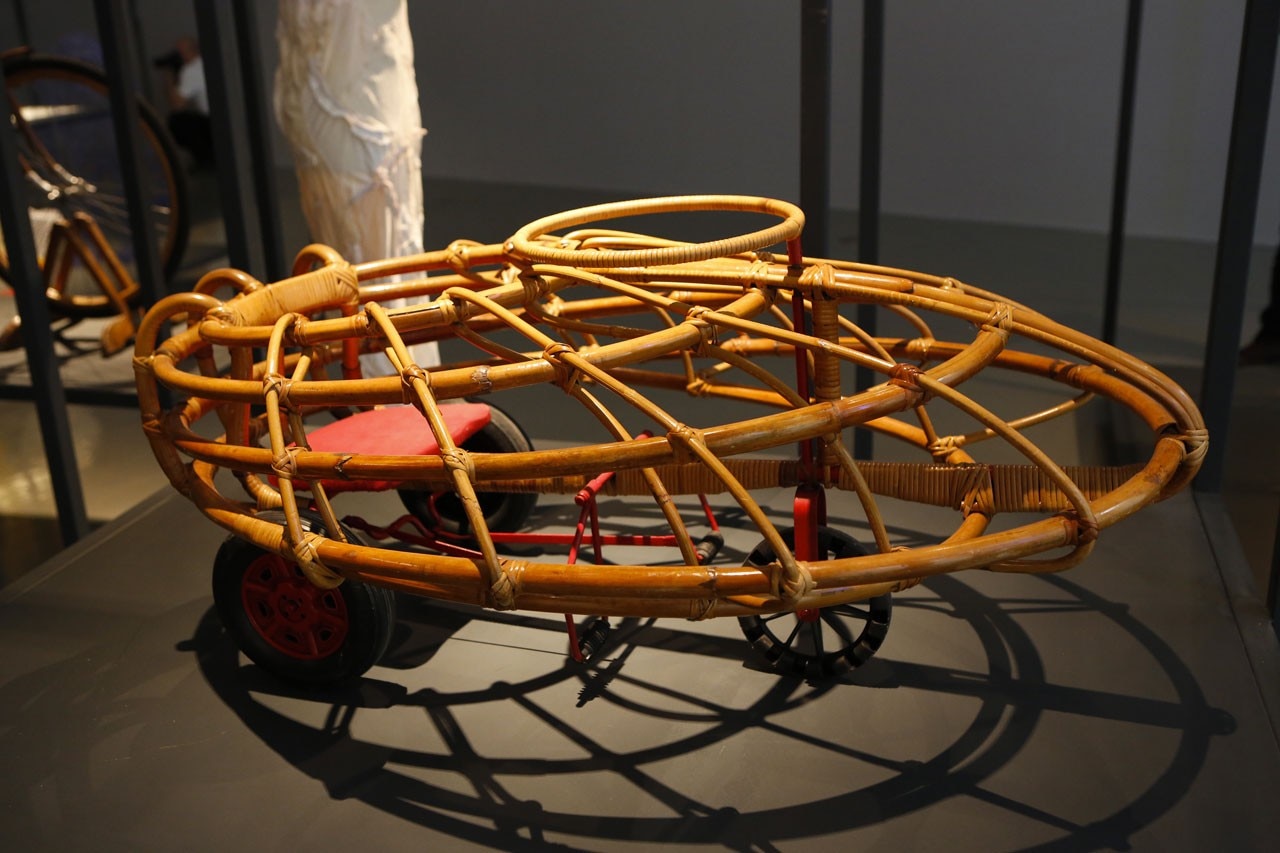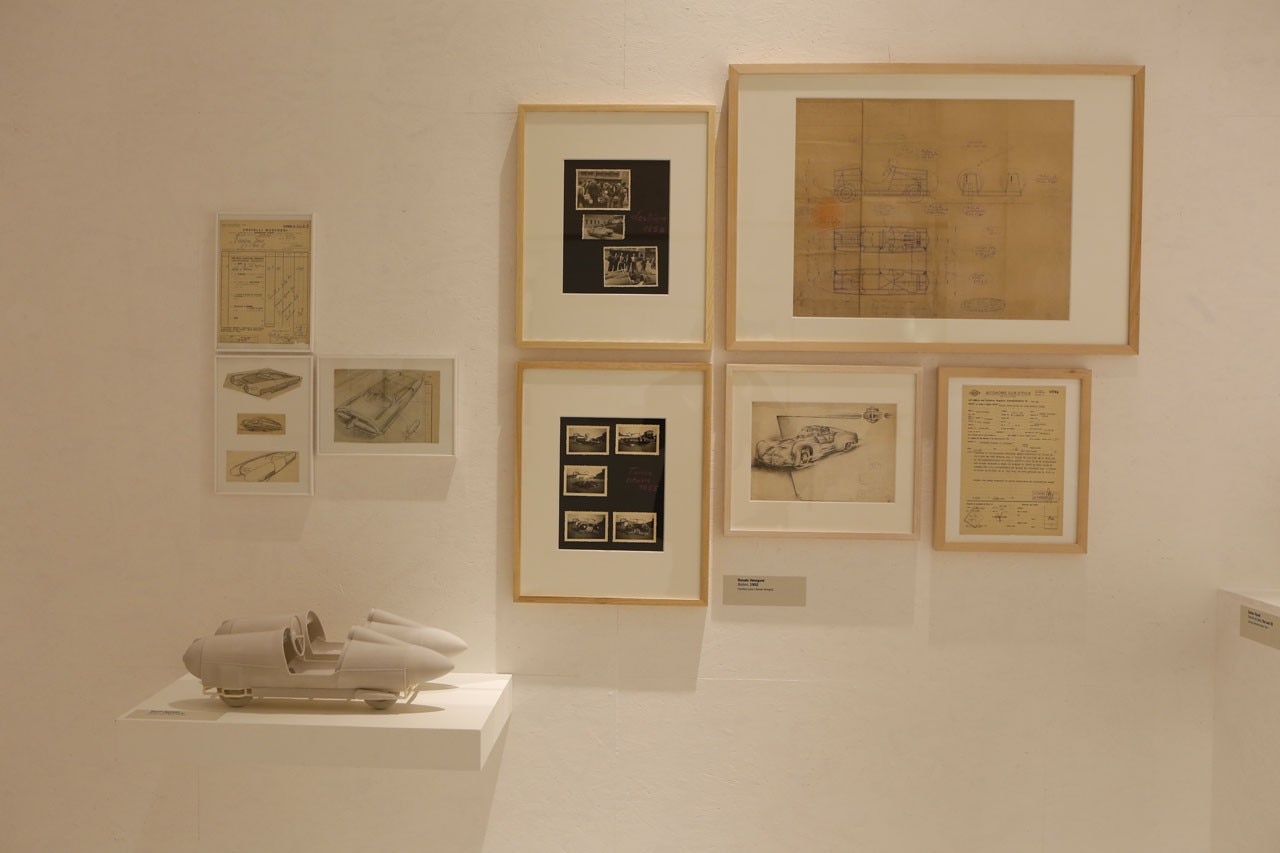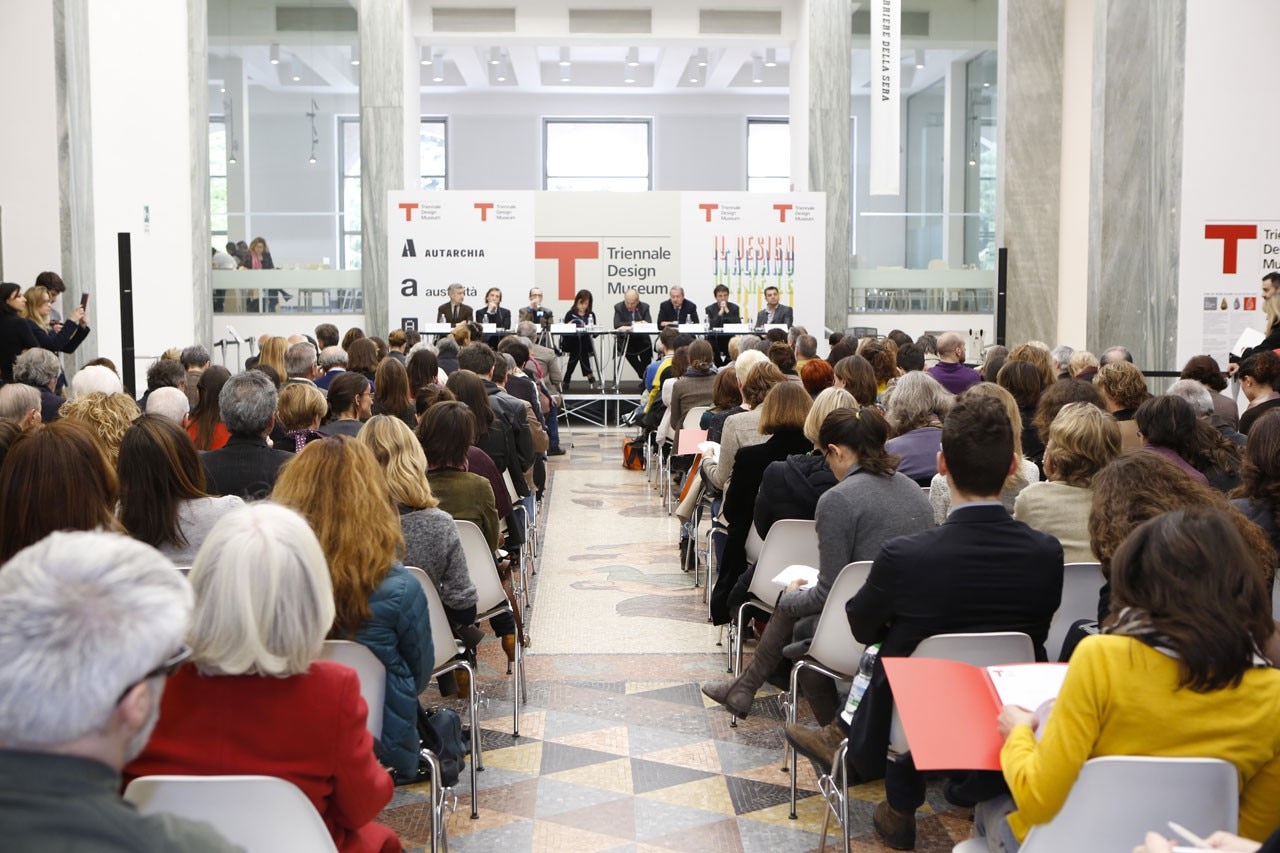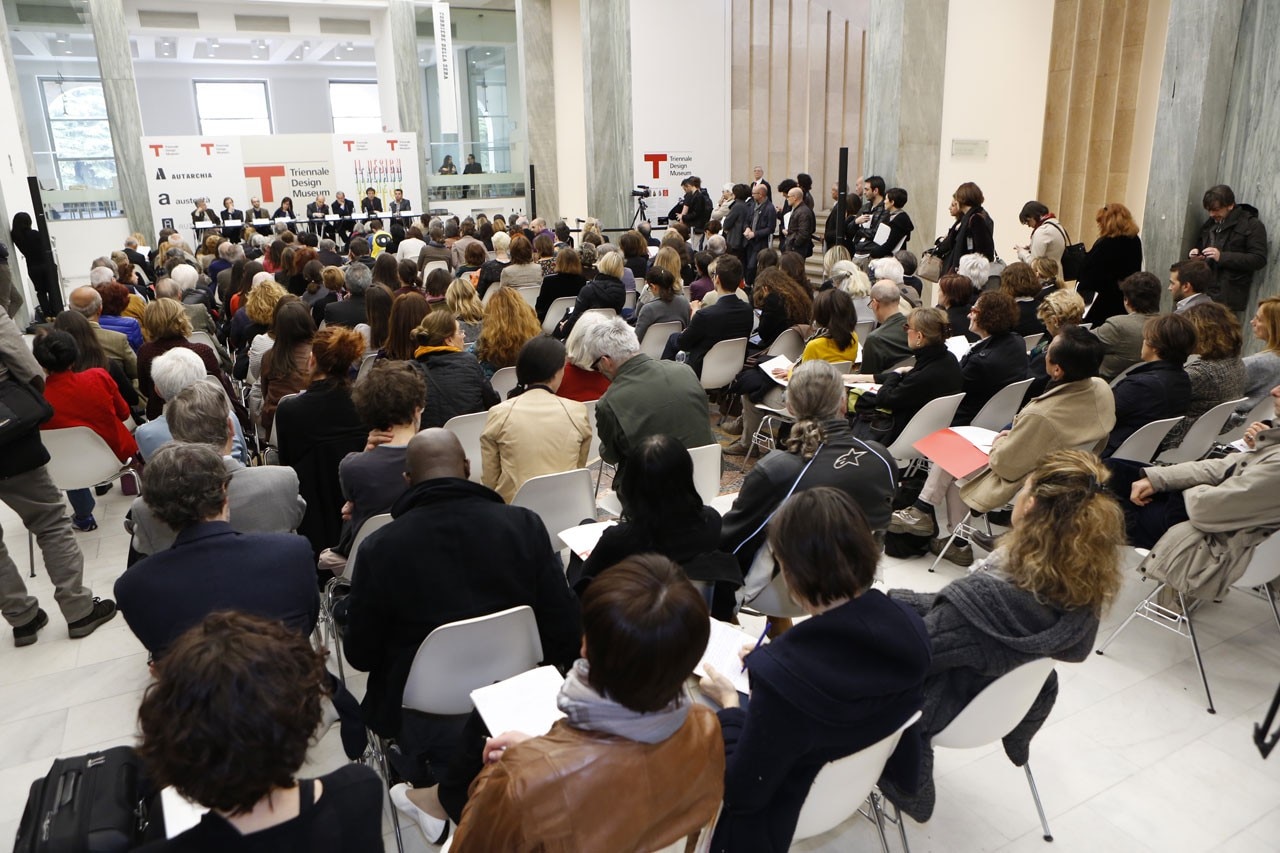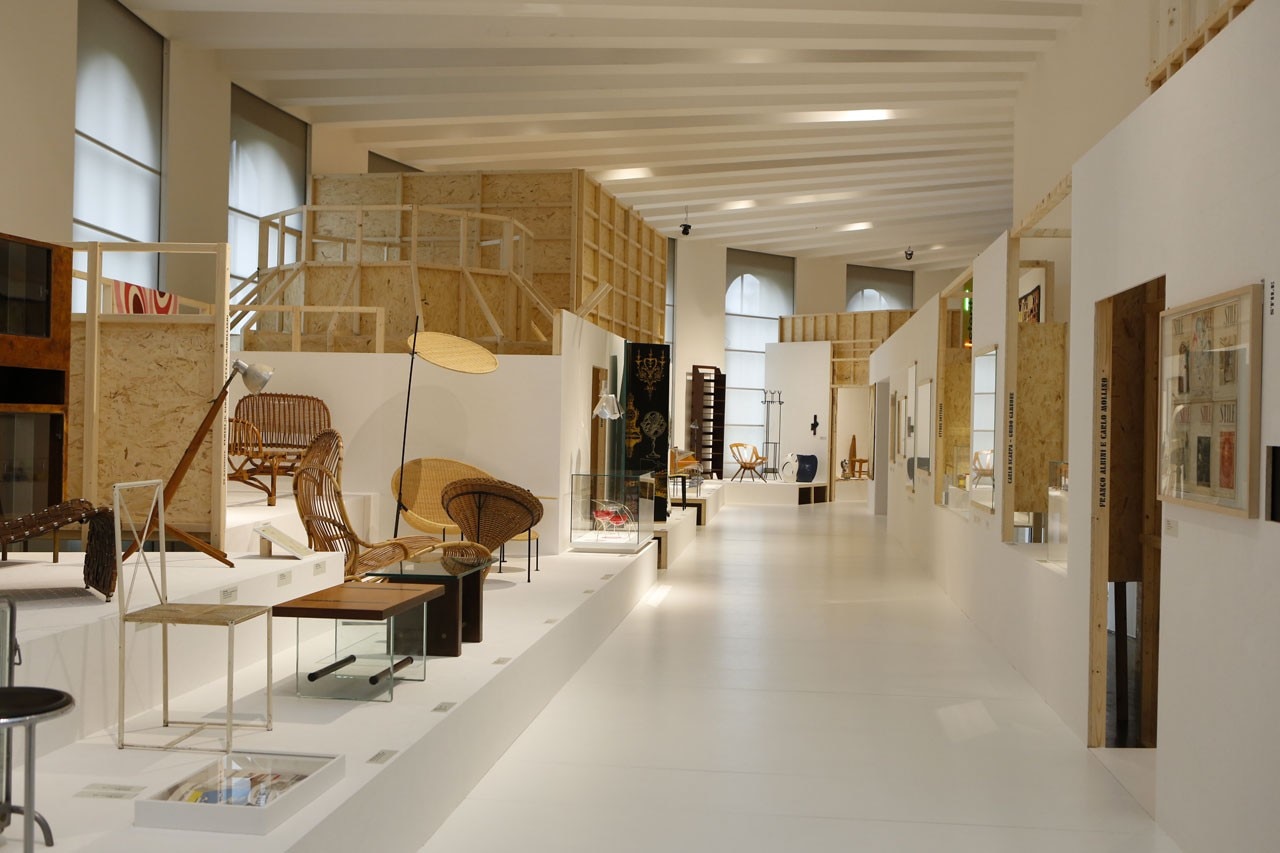
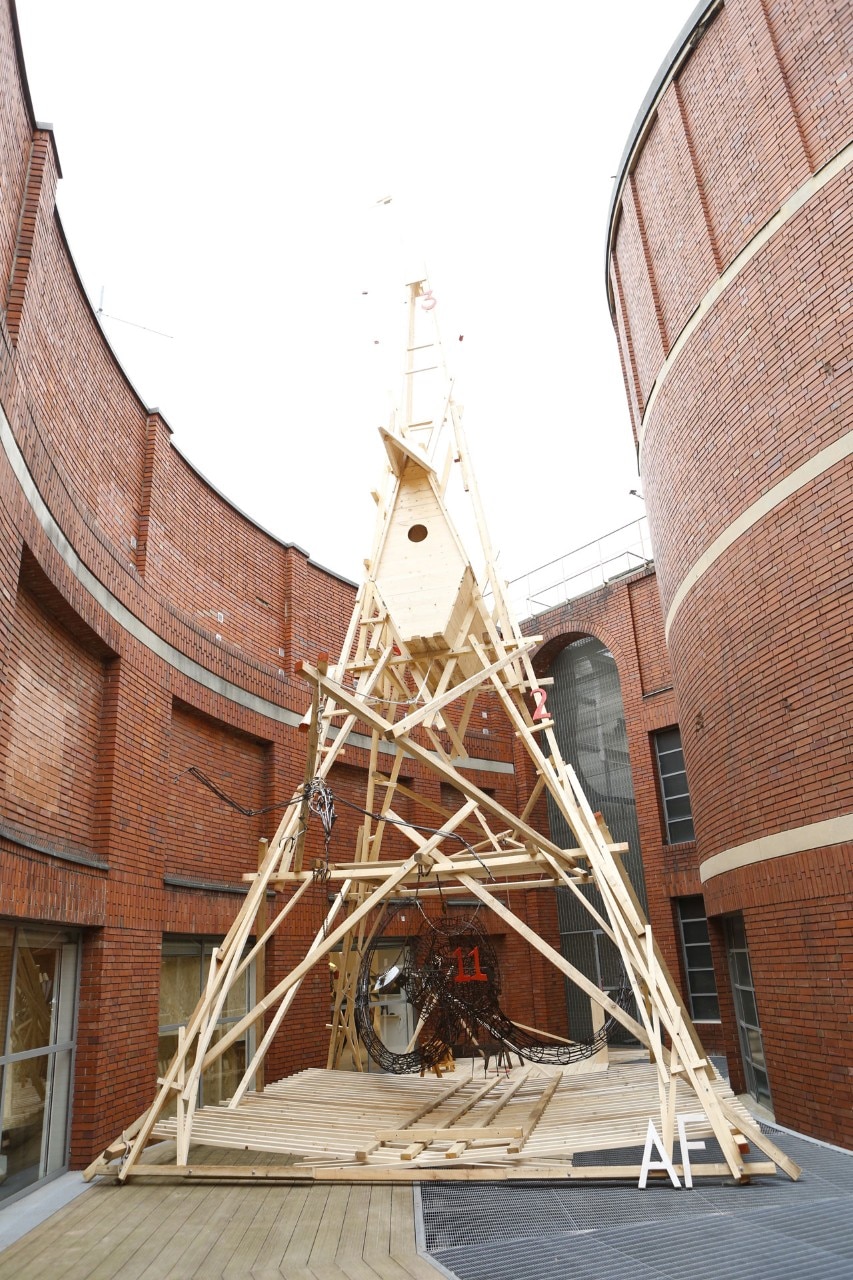
Roots: polycentric creativity
The inventory showcased by Finessi meritoriously stresses the polycentric nature of Italian creativity: from Turin, a forerunner of the promotion of “design as art” and of independent craftsmanship, to Trieste, where the versatile Anita Pittoni operated, “using thread as painters use colour” between the two wars. He also devotes space to an art culture fuelled by excellent Sardinian crafts and to the unique product of work, material and art that is the Carrara marble district, an emblematic example of the production districts scattered all over the country.
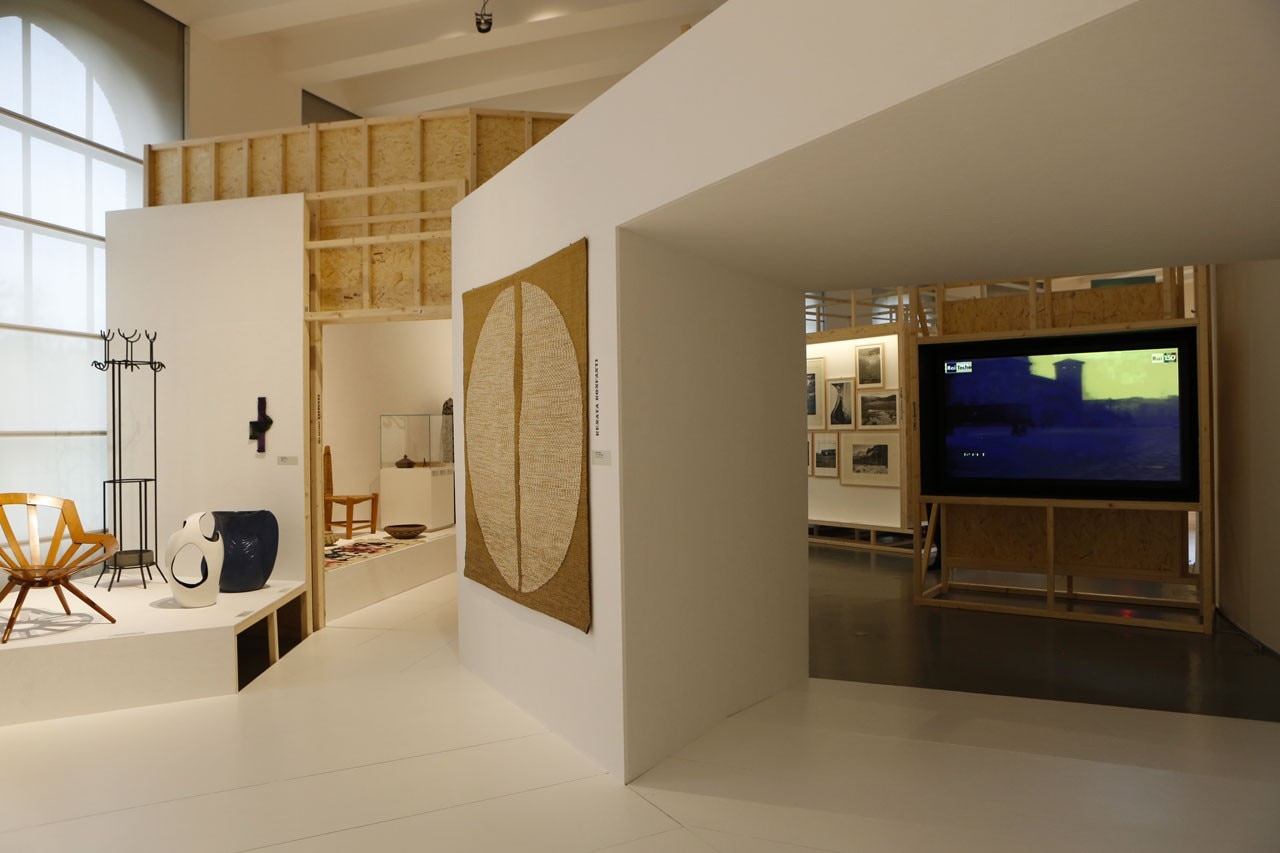
Design with what you have: reinventing materials
Autarchy, austerity and self-production: three themes, three historic thresholds (1930s; 1970s; Noughties) punctuate a continuous narration, from Depero to the present day, formulated by Philippe Nigro in a fluid and tightly woven exhibition design that is as well structured as a route through the city, with paths, walls, apartment buildings, pavements, stairs and squares.
The first investigation exemplifies the answers from the design world, at a time when circumstances forced Italy to radically rethink the materials it employed. In the 1930s, architecture – in its various scales – and fashion were vehicles of the modernisation process: in those years, the construction and textile sectors oscillated between an “advanced” research approach and a more-or-less autarkical “emergency” reaction. Palazzo Montecatini, designed by Gio Ponti, is the most comprehensive catalogue of new building ideas of its times - furnishings included; Ferragamo created footwear encased in cellophane sweet-wrapping, and Marinetti sang Il vestito di latte (graphic design by Munari) for the new Lanital fibre. The presence of a whole host of products with noble names on the market fell midway between free invention and an autarkic response in order to be free of foreign patents. Above all, it demonstrates an extremely fragmented national production scene.
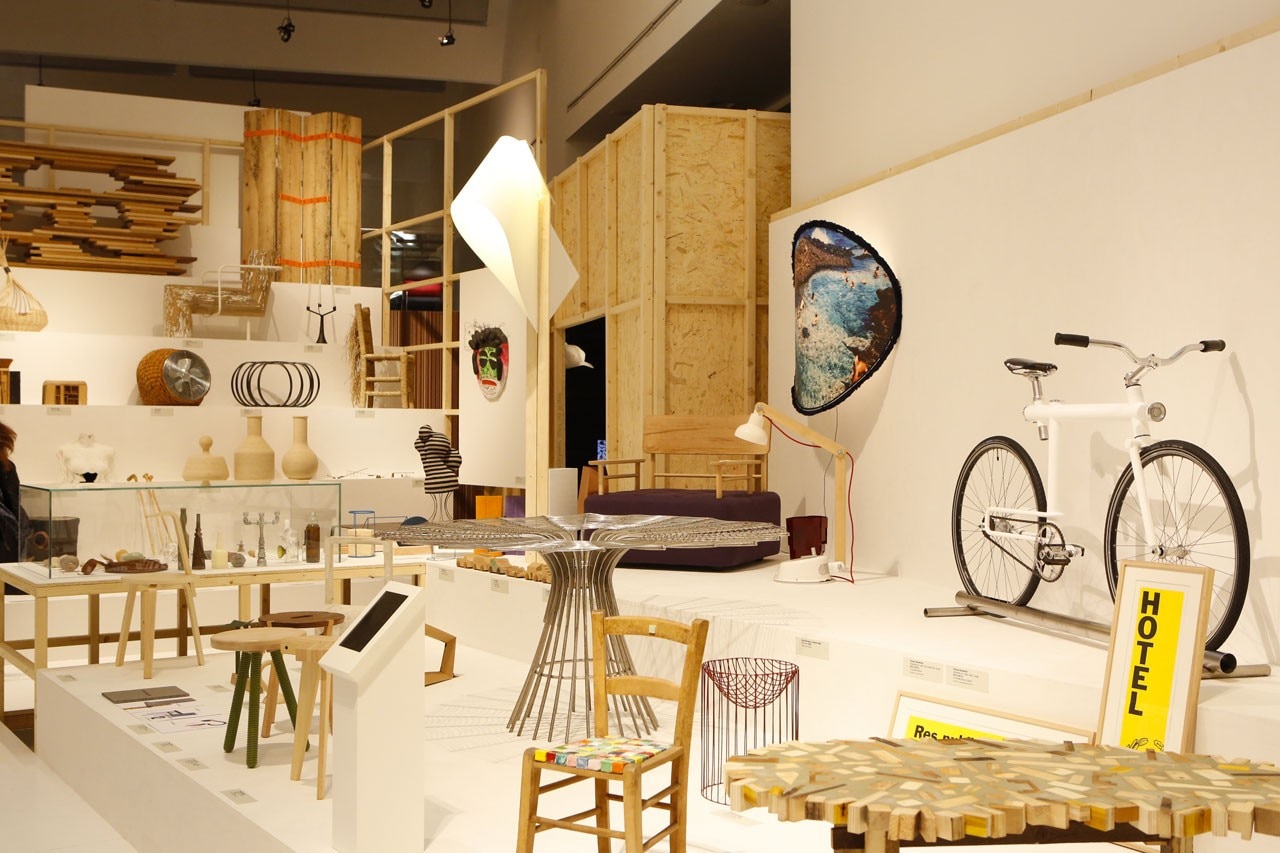
Design with what will be: redesigning conduct
In the 1970s, original Italian designs were influenced less by the austerity imposed by the oil crisis and more by ideological factors that interlaced libertarian, artistic and political pressures. This austerity carried weight linguistically and in the means employed, and for some designers, also ethically. The book Proposta per un’autoprogettazione by Enzo Mari (also a forerunner of “social” manners of fruition) placed expertise at the service of a collective subject relieved of its destiny of a mere consumer or a future design victim. With the same critical approach, laced to different degrees with irony and poetry, other leading figures investigated the Self and the surrounding world: design leaves a light imprint on the environment; it was the design of relations, a minimum adjustment to the aim of what already existed – not merchandise. We are prompted to adopt reserve when approaching the metaphorical proposals of Sottsass, shown here in their most intimate and poetic dimension. Living is feeling at home everywhere, stressed Ugo La Pietra, as he reinvented the urban living dimension that the global world is now forcing us to reconsider.
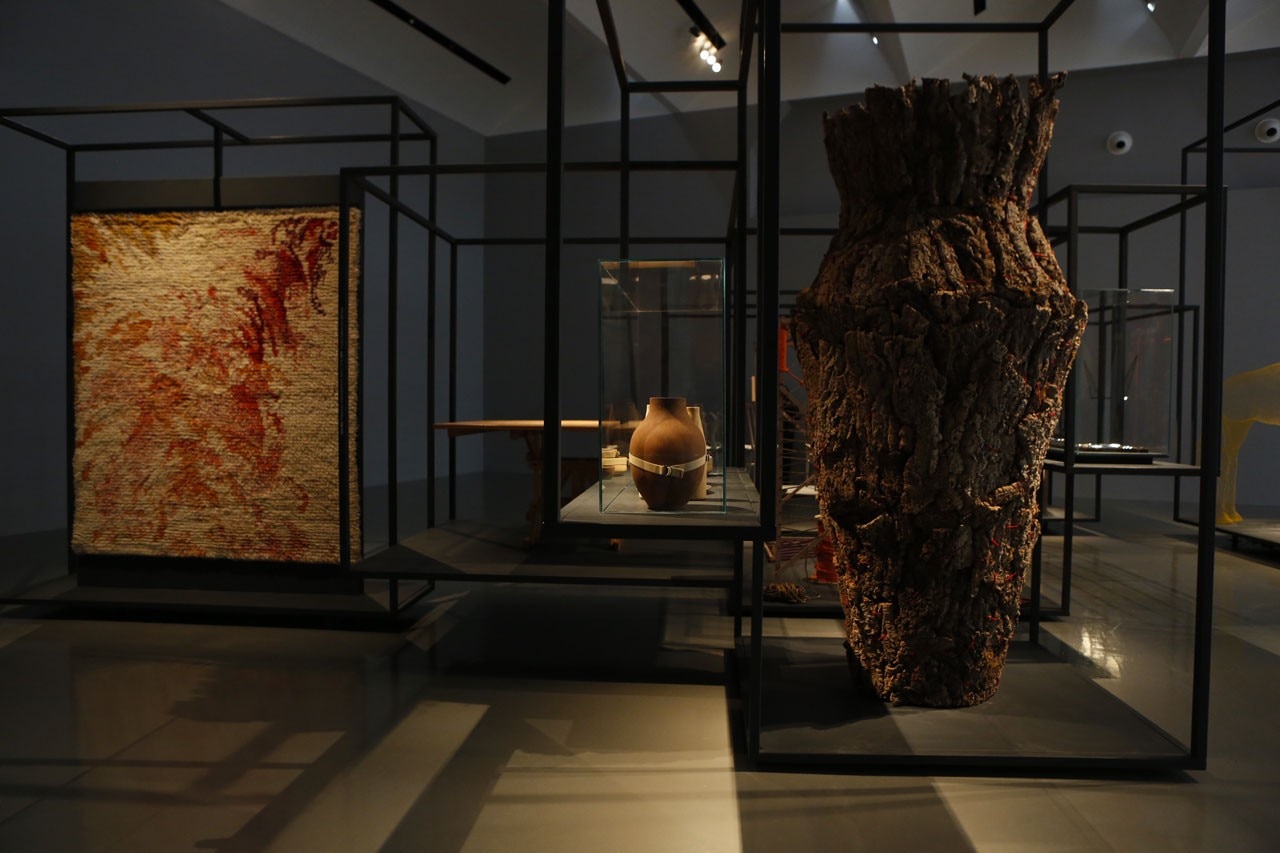
Design without: redesigning the system
Analysed extensively in Andrea Branzi’s “Serie fuori serie” exhibition at the Triennale in 2010, featuring the pairing standard/custom-built, the subject of the troubled relationship between the design world and that of industrial production returns this year as a key to the last 30 years. But, unlike that interpretation – which declined all the possible permutations of the relationship (small series, numbered series, mass production, custom-built, personalised …) – this edition focuses on the second half of the pairing. Alongside the founding episodes of borderline experimentation (in terms of technique, concept and representation) by Italian companies in the 1970s/80s, it re-proposes an extensive exploration of increasingly “independent” productions that first emerged in the mid-1990s, and featured the then “young designers”, and on to today’s extremely young designers.
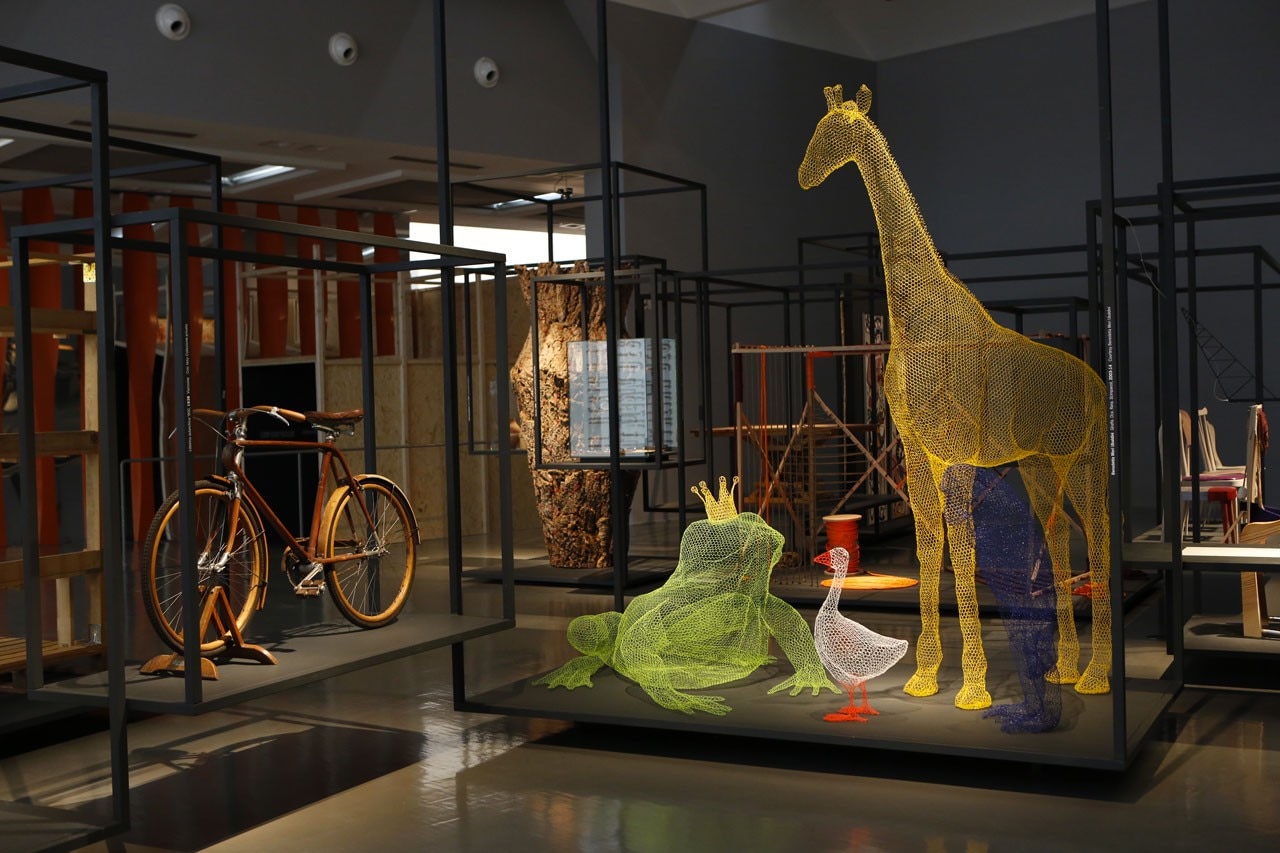
Self-production is a phenomenon currently in the media spotlight but it has always co-existed in a dialectic relationship with mass production: seen as a transitory phase before possibly arriving at production or corresponding to a radical ideological choice, or indeed to the urgency or pleasure of the artistic expression. In its history, the Italian industry has looked attentively at independent production and put itself forward as a centre of development of new visions, proof that it is, sometimes, ahead of the designers themselves. This was demonstrated by Alberto Alessi in the “La fabbrica dei sogni” exhibition in 2012, also at the Triennale; other examples in the exhibition are Danese, who heralded the formula of the company-creator; Bracciodiferro, Cassina’s experimental workshop; and Zabro, the “first post-industrial factory”, set up by Zanotta.
Italian design, as it is internationally recognised, is a complex system. Seated in the first row are the design world, research centres, companies, engineers, craftspeople, curators, schools, publishers and many more, all engaged in a collective research process that explores people’s dreams and needs. The exhibition seems to be saying that this relationship should now be redesigned. The system is equipped for this on the creative front but it is the companies and others involved who have the hardest task, that of imagining a new (and probably different) relationship. Or be excluded.
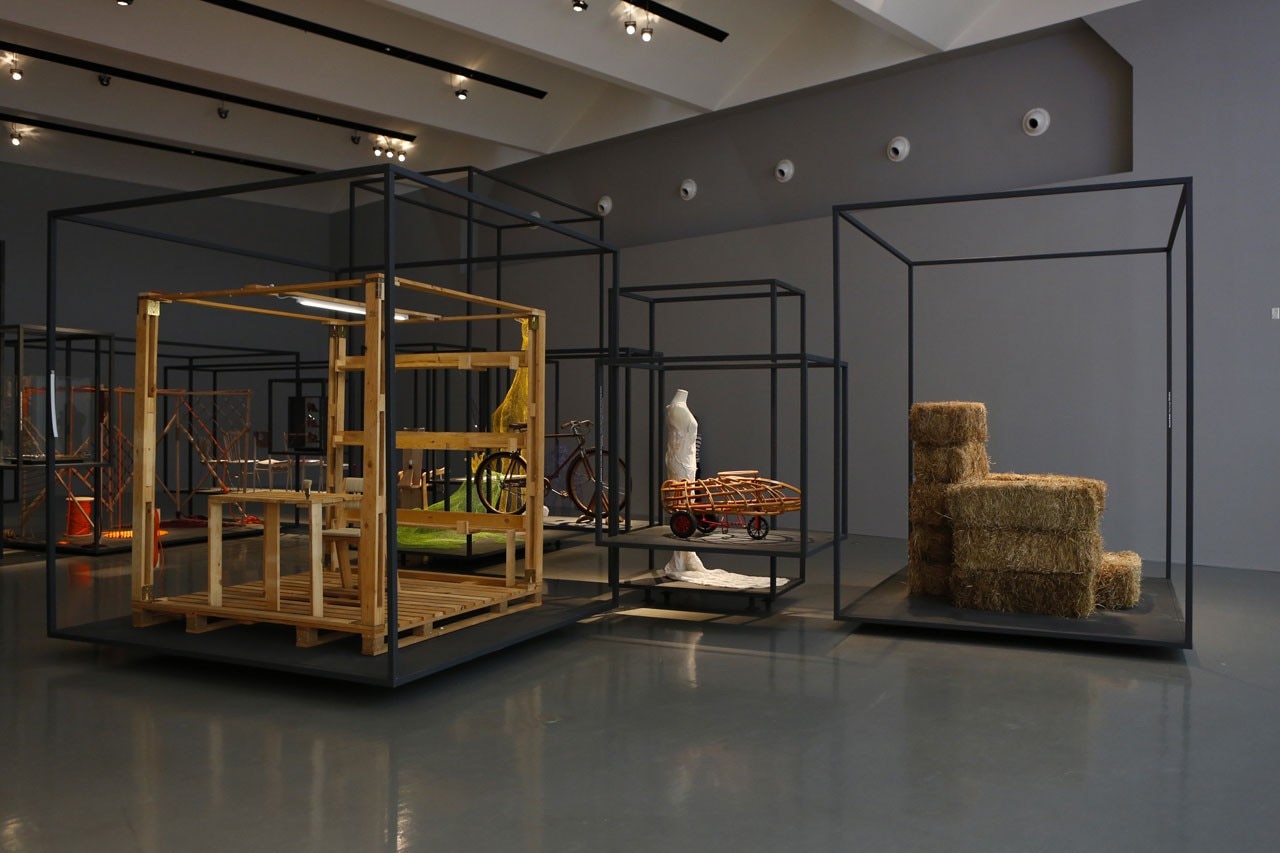
Until 22 February 2015
VII Triennale Design Museum
Italian Design Beyond the Crisis. Autarky, Austerity, Autonomy
Triennale di Milano
viale Alemagna 6, Milan

